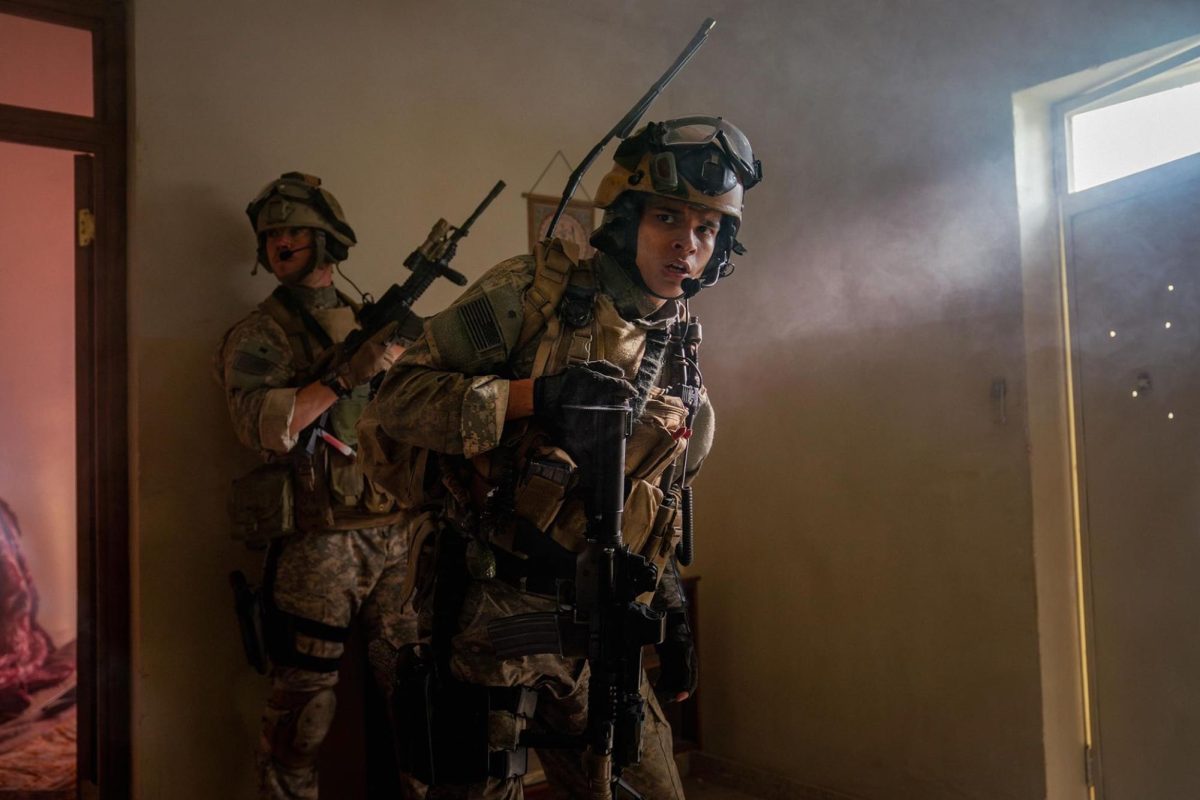Revisiting the past four years of strife similar to 2020 for lessons or historical parallels can feel futile or diminutive. While this year is often perceived as dire and hopeless, the past teaches us the simple, but often hard-to-grasp, lesson that all things pass and that the present is no exception.
According to SF State Historians, the present’s looming sentiments of turmoil, apprehension and dread are nothing new. But rather, 2020 joins a long list of grim years, that list including 1968, a year of political divide with the assassinations of Robert F. Kennedy and Martin Luther King Jr. Another year on that list is 1919 which brought a pandemic killing about 675,000 Americans with a death rate of 2.5% compared to the COVID-19 death rate of 1.4%.
“With respect to political polarization, there’s 1800 with the highly contentious presidential election in which incumbent John Adams was defeated by Vice President Thomas Jefferson and then tried to pack the courts before leaving office” said Marc Robert Stein, SF State history professor and historian.
Stein added, in 1868, President Andrew Johnson was impeached during a presidential election year and southern white supremacists regained power in many southern states, and Radical Republicans secured the ratification of the 14th Amendment which granted citizenship to anyone born in America.
In 1919, North America and the world faced a contagious virus called The Spanish Flu. The Spanish Flu killed approximately 675,000 people in America while COVID-19 currently has a global total of 263,000 deaths, as of Nov 26th.
Stein said that 1968s madness was all man-made which wasnt includes the MLK assassinion, Tet Offensive and Vietnam intensifying, the Robert Kennedy assassination, Riots at the Democratic National Conventions mostly because Bobby Kennedy was going to be the nominee before he was assassinated. And finally Richard Nixon was elected in 1968.
After multiple unnecessary deaths of people of color in the past year which include George Floyd, Ahmaud Arbery, and Breonna Taylor has caused the U.S to erupted with civil unrest.
“The U.S has seen civil unrest before with the racist politics of Jim Crow segregation, which peaked in power from the 1880s to the 1950s, and was followed by the antiracist politics of the civil rights and black power movements of the 1950s, 1960s, and 1970s,” said Stein.
Eva Sheppard, a SF State History Professor, believes that a strong leadership helps a country heal and move forward after tumultuous times, sometimes the U.S doesn’t have that at the moment. Sheppard went on to cite the political polarization present within the Antebellum and Civil War eras and about similarities and differences they hold with present.
“Abraham Lincoln called upon the ‘better angels of our nature,’ and [it’s] leaders like him who can inspire forgiveness and healing can be an important part of a nation’s moving forward.” Sheppard said.
Running in a similar vein, SF State History Lecturer Mark Sigmon commented on the fact that often times in history the troubles of the present can seem eternal. Sigmon recounted an anecdote with a student wherein the student stated that the interminable nature of the Depression made it feel more intorable than the Second World War.
“Something a professor told me about teaching older people who had gone through the Depression and World War II was…’The Depression was worse than World War II,'” Sigmon said.
When Sigmon asked the student why they replied that the Depression was worse because it was not certain that it would indeed end
Despite present turmoil and anguish the historian Stein left off on a note that was hopeful for the future.
“Most importantly, I would emphasize that there are reasons to have hope, but progress is not linear and inevitable—it requires courageous action and hard work,” Stein said.






